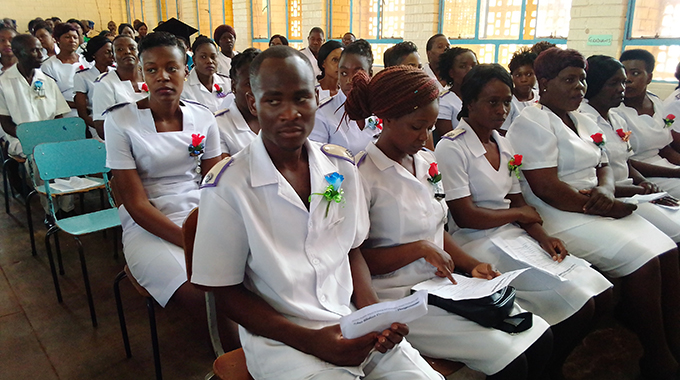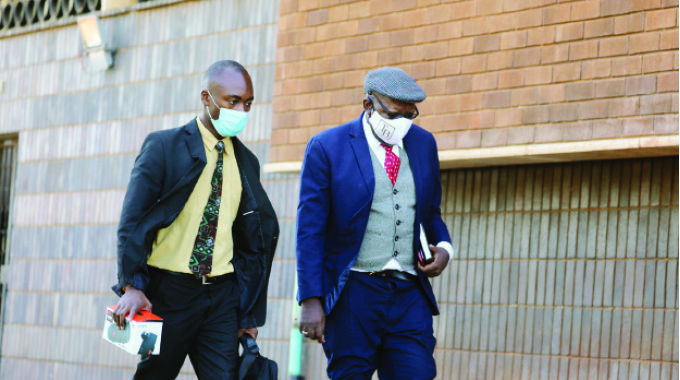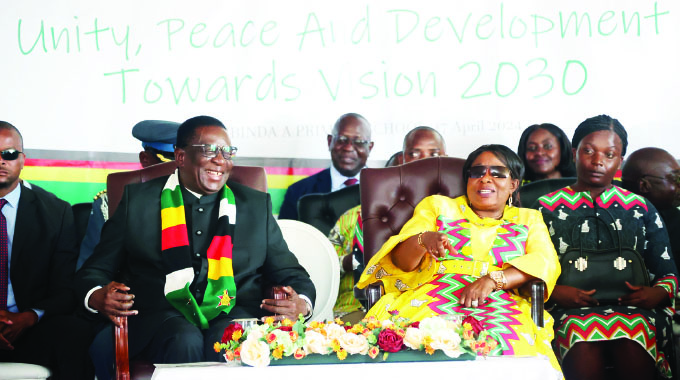Zesa promises to improve electricity supply

Zvamaida Murwira Senior Reporter
Electricity supplies are set to improve soon as Zesa completes a cocktail of interventions to end the major load shedding that has hit residential areas hard and has even affected industrial areas although they are given priority.
Most residential suburbs are now enduring power cuts ranging up to 12 hours, and sometimes longer, as Zesa’s distribution arm, the Zimbabwe Electricity Transmission and Distribution Company (ZETDC) imposes a punishing load-shedding schedule. Load shedding moved up into a new level at the weekend after being at more tolerable levels.
One major economic problem is the growing number of businesses that now operate in what used to be pure residential areas as the rigid divisions in land use have been modified and relaxed in recent decades.
Long queues of people buying gas have now become a common sight in most high density suburbs while firewood vendors have been thriving, with resultant loss of forest, as they cash in on desperate residents.
But Zesa and the Government are moving to ameliorate the shortage.
Zimbabwe has opened negotiations for new power supply deals with Zambia and Mozambique which could see the country importing a total of 280 megawatts from the two countries.
A delegation from Zesa Holdings left on Monday for Zambia to have negotiations and returned yesterday where according to sources it had a fruitful engagement with Zesco in Lusaka. Zesco runs hydro stations at Kariba North and Kafue and has indicated it could generate another 100MW for export through the inter-connector to Zimbabwe.
Zimbabwe has in the past few months seen a drop in electricity output largely due to frequent breakdowns at Hwange Power Station, limited imports and a programme of dam wall rehabilitation at Kariba, which requires that two of the eight turbine-generator sets at Kariba South be shut down daily in daylight hours for 12 hours to reduce water flows at the foot of the dam wall.
The shut downs tend to encompass a large part of the daily peak demand. The power shortfall is being managed through load shedding in order to balance the power supply available and the connected load.
Hwange Power Station, the other major generation centre on the Zimbabwe grid, is still subject to reduced output from its six boiler-turbine-generator units. While there is major work in progress to bring all six back into full use, this takes time. The addition of a brand-new pair of 300MW units will only be commissioned from the middle of next year.
In an interview on Tuesday, Energy and Power Development Minister Zhemu Soda said Zambia has indicated that they have a surplus of 100 MW from the Kafue Gorge, which they could sell to Harare.
“Mozambique also told us that they have additional 180 MW over and above what we are currently importing and these new two deals will give us additional 280 MW. That should help us to reduce the deficit of between 200 and 300 MW.”
Mozambique would be supplying the additional power from Cabora Bassa. That dam filled with the Cyclone Idai rains two years ago and since then with good regional rainfall has retained high water levels.
The Minister said the first unit of the new Hwange 300MW units is expected to be commissioned in July and the second in September.
Last week, Solgas, a private investor, started feeding 5MW from its small solar plant in the Matabeleland North Province onto the national grid. ZZEE, a Chinese investor is also expected to start feeding 25MW from its small first stage of a new thermal power station in Hwange in the next few weeks while the Harava Solar Park in Seke is expected to be switched on before end of this year, with initial production capacity of 6MW.
The 36MW in total from these three small stations is only 29 percent of the output of just one of the six smaller generators at Kariba South, but at the moment every extra megawatt helps and there is additional likely solar input from the many small private installations that have become more common through implementation of modern technologies. “The coming on stream of the new small power projects will help us to stabilise internal power supplies in the near future but our major breakthrough would be in July next year when we commission the first unit at Hwange,” said Minister Soda.
Zimbabwe is targeting to add more than 2 000MW to the national grid mostly from renewable and cleaner sources including solar, wind and other sources by 2030.
The country is also offering significant incentives in a bid to woo investors and these include five-year tax breaks for generation stations, duty free import of equipment and designation of large projects as key national projects.
ZETDC has been inviting customers with solar systems to participate in the net metering programme whereby they buy electricity from ZETDC when they need it but can sell surplus to ZETDC through a grid tied inverter.
All existing ZETDC customers with solar systems qualify for net metering.
This net metering is becoming common around the world. Zesa is ideally placed to buy a lot more solar power during bright sunny days as water consumption is rationed at the Kariba stations, so it can use solar as it is generated and cut back at Kariba, which it is being forced to do anyway at the moment, but then use that extra stored water at night and other times when it needs to push output.







Comments